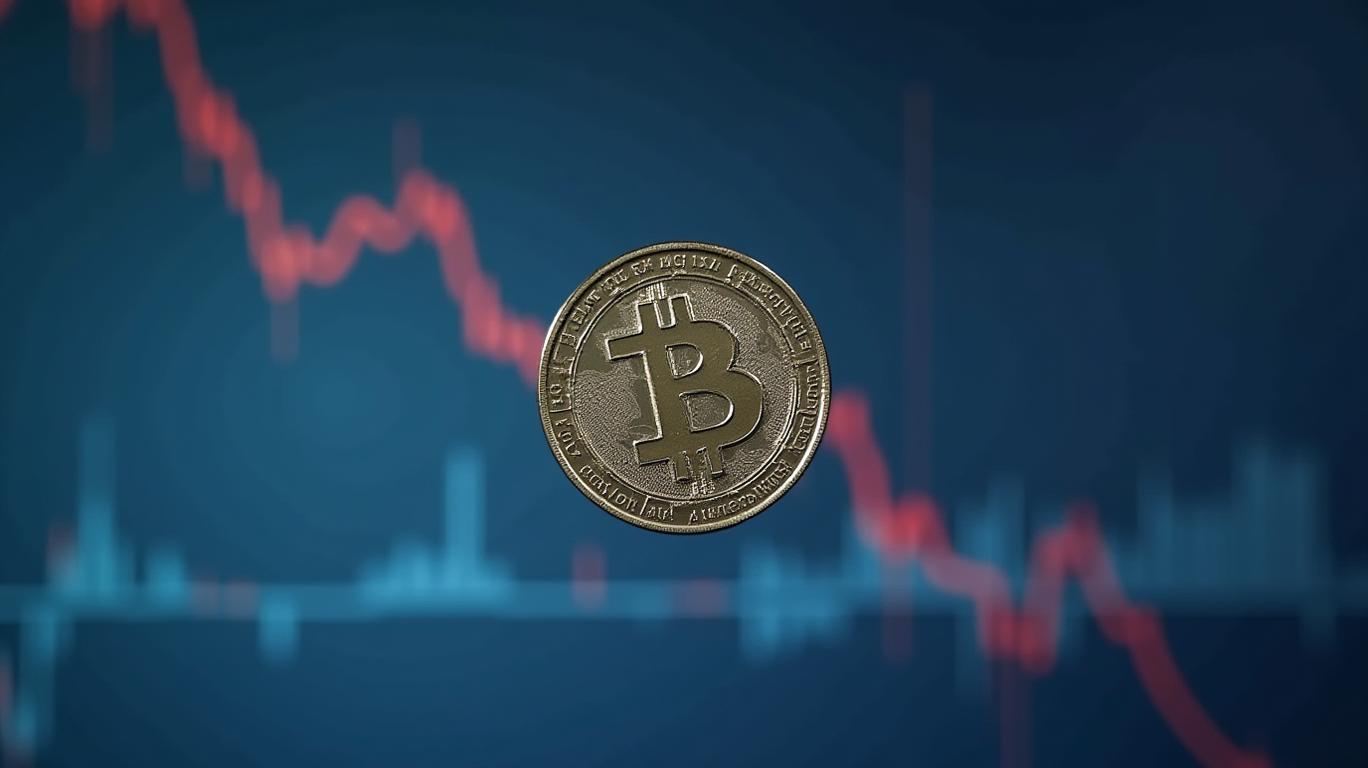The Write-Off Down Under: Why Australia's Capex Slump Spells Trouble for the AUD and RBA
The writing's on the wall for Australia's economy—and it's not pretty. A -0.1% quarterly decline in private capital expenditure (capex) in Q1 2025 is more than a blip; it's a red flag signaling cracks in the foundation of growth. From state-level disparities to sectoral divides, this slowdown isn't just about numbers—it's a wake-up call for investors. Let's break it down and figure out where the risks lie, and why your portfolio needs to pivot now.

The Sectoral Divide: Mining Shines, Non-Mining Stumbles
The data shows a stark split between mining and non-mining sectors. While mining capex rose 1.9%, fueled by investments in oil, gas, and gold projects, non-mining sectors slumped 0.9%. The real pain? Equipment and machinery spending fell 1.3%, driven by a catastrophic 17.9% drop in IT and telecommunications. Service industries—from professional services to finance—are slashing IT and motor vehicle investments, signaling a loss of confidence in tech-driven growth. This isn't innovation—it's retreat.
State-Level Disparities: Victoria's Woes vs. WA's Resource Boom
The Victoria (-5.3%) and Northern Territory (-13.2%) are ground zero for the downturn. Both states face non-mining contractions, particularly in IT-heavy sectors. Meanwhile, South Australia (+11.1%) and Western Australia (+2.1%) are buoyed by mining investments. This geographic split isn't just a regional story—it's a warning that Australia's economy is now two-speed: resource-rich regions vs. service-dependent cities. The RBA can't fix that imbalance with rate cuts alone.
Why This Matters for GDP—and the RBA's Next Move
Capex is the lifeblood of economic expansion. A decline here means slower GDP growth, weaker job creation, and reduced consumer spending. The RBA knows this. With business confidence plummeting and inflation risks easing, the central bank is cornered. Current bets are on at least two rate cuts by year-end, pushing the cash rate below 2%. But will that be enough?
The AUD's Vulnerability: Trade Wars and Fed Fears
The Australian Dollar is in free fall—and it's not just about capex. The AUD/USD pair has slumped to 0.66, and it's heading lower. Why?
- US-China Trade Tensions: Tariffs and geopolitical risks are squeezing Australian exporters.
- Fed Policy: The Fed's dilemma—fight inflation or fear recession—keeps the US dollar strong, crushing commodity currencies like the AUD.
- RBA Rate Cuts: Every cut makes the AUD less attractive to yield-seeking investors.
This isn't a dip—it's a trend. My call? The AUD/USD could hit 0.63 by mid-year, and the RBA's hands are tied.
Investors: Position for a Weaker AUD and Lower Yields
The writing's on the wall—act now:
1. Short the AUD/USD Pair: Use futures or ETFs like FXA to bet on the decline.
2. Avoid Australian Bonds: Rate cuts mean yields will drop. Stick to US Treasuries or gold.
3. Buy RBA Rate Cut Expectations: Instruments tied to the RBA's easing cycle, like Australian Government Bonds (AGB), could rally.
4. Focus on Mining Stocks: Companies like BHP (BHP) and Rio Tinto (RIO) are insulated by mining demand.
The Bottom Line: Don't Fight the Data
Australia's capex slump isn't a typo—it's a reckoning. The RBA is trapped between weak investment and global headwinds, and the AUD is paying the price. Investors who ignore this trend are playing with fire. Position now for a weaker currency and lower yields, or risk being left behind when the next leg down hits.
The clock's ticking—act fast, act bold, and don't look back.

Comments
No comments yet